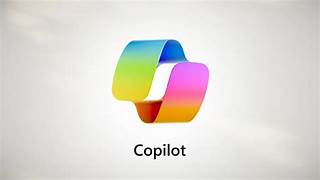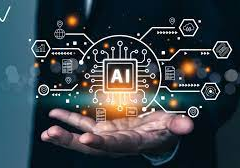The fundamental capabilities of collaboration platforms have remained largely unchanged since the pandemic began. These platforms typically offer video conferencing, desktop sharing, and text chat, creating a virtual approximation of in-person meetings. While this setup effectively allows teams to collaborate across distances, it raises the question: Is this all there is to the collaboration experience?
Enter Copilot. Microsoft is pioneering a new era of collaboration, where AI assistants help users prioritize meetings, manage follow-ups on action items, and integrate meeting outputs into future tasks. This evolution is particularly promising for knowledge workers who are overwhelmed by constant meetings. Copilot aims to redefine the collaboration experience, promising increased productivity and a more strategic approach to meetings.
However, OpenAI, Microsoft’s prominent AI partner, is making moves to disrupt the enterprise space as well. OpenAI recently launched ChatGPT Enterprise, which now boasts 600,000 users, including clients from 93% of the Fortune 500. This week, OpenAI also acquired the videoconferencing startup Multi, sparking speculation that the company may integrate collaboration features directly into ChatGPT. Multi’s unique approach to videoconferencing—described as “multiplayer” and drawing parallels to gaming rather than traditional meetings—hints at a potential shift in how meetings are experienced. The Multi tool, set to be discontinued in July following the acquisition, was tailored for software developers, focusing on screen sharing and leveraging Zoom’s video capabilities.
Yet, the concept of enhanced document collaboration extends beyond software developers. Integrating document collaboration with AI-driven features like summarization, and linking this to advanced language models, could revolutionize the collaboration experience. This approach promises to streamline the collaborative process, focusing on the work at hand with new functionalities.
That said, not all meetings revolve around documents. Many are simply conversations—often the ones people prefer to avoid. Therefore, refining how meetings are managed and integrating them into users’ work lives will remain crucial, even as new technologies enhance screen sharing and video capabilities.
So, where does this leave traditional video services? The quest for meeting equity and AI-enhanced directors will likely continue to refine the experience, striving for the “next best thing to being there.” As the collaboration platform evolves, any outdated elements will become more apparent. Ultimately, collaboration is a multifaceted experience, and technology will play a key role in its continued advancement.
🔔🔔 Follow us on LinkedIn 🔔🔔













